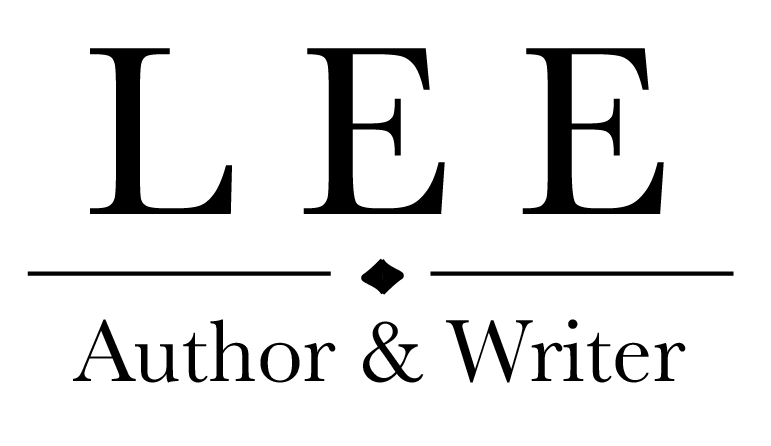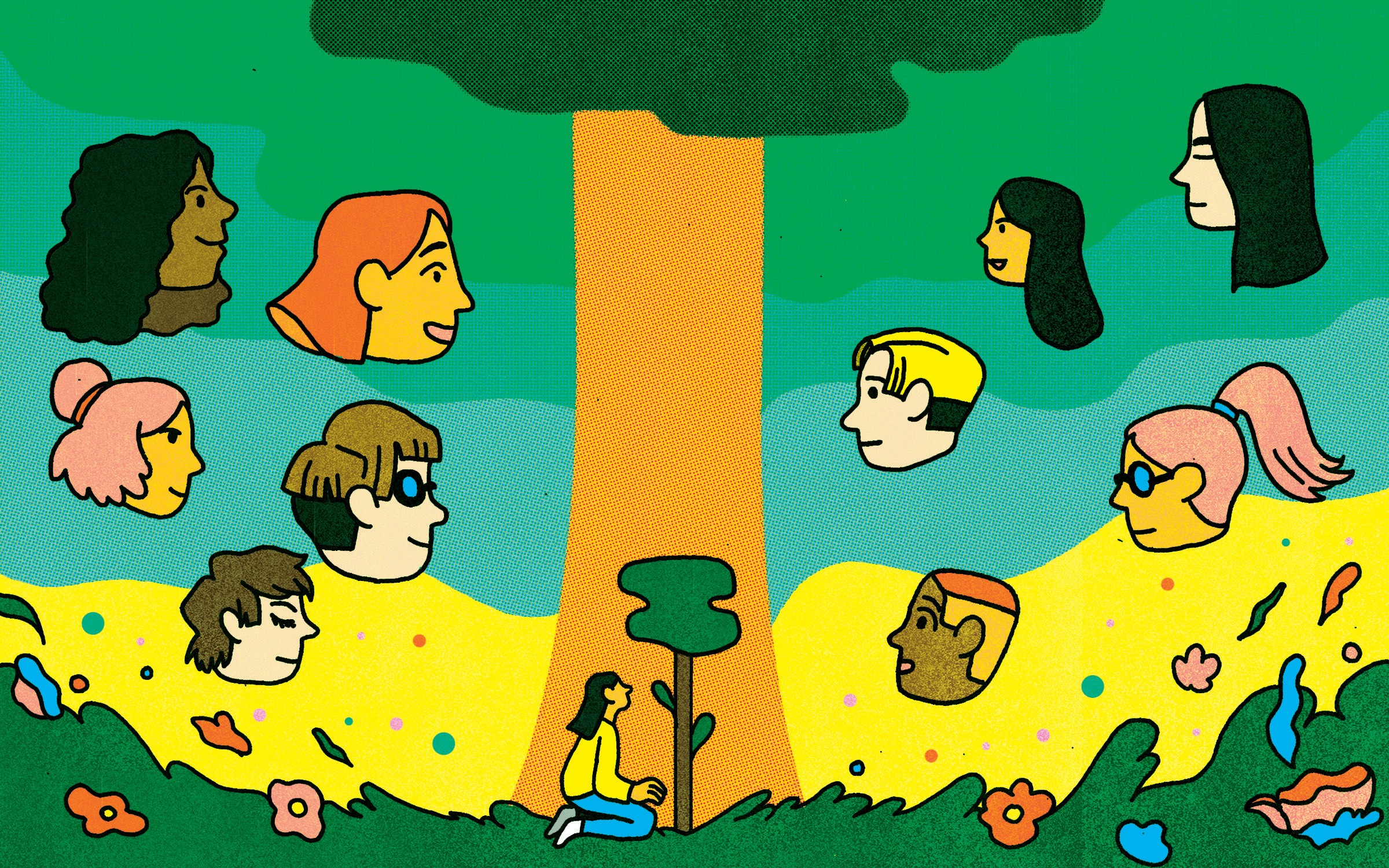Photo Illustrator: Mark Wang.
Author and creative writing professor Marie Myung-Ok Lee reflects on building the future you wish to see for yourself.
Read the original article here
With the seemingly endless reel of anti-Asian violence appearing on the news, of which the horrific murders of six Asian American women was just one particularly horrible incident, one wonders, thinking of the endless press of racism starting with 1882’s Chinese Exclusion Act, how or if anti-Asian racism will ever change.
Actually: Change starts with you.
The seeds that you plant now will flower many years later; you might not even live to see the change. But it will be there.
Book critic types say that my young adult novel, Finding My Voice, was the first contemporary set Asian American young adult novel. I am not a historian of books, but I can guess that before it was published in 1992, nearly 30 years ago, young readers did not encounter the derogatory and triggering “c” word in print. Maybe they, like me, never saw Asian American faces on book covers, except maybe for Farewell to Manzanar, which is an Asian Asian story written by a white man. Or maybe The Good Earth, an Asian story set in Asia written by a white woman, where the Asian character was later played in yellowface by Katherine Hepburn.
Publishers, in rejecting my book for its discomforts with showing actual anti-Asian racism, often cited white-authored books, such as the white woman who wrote a book “set in Cambodia” as the reason they had enough “Asian American” books in their catalog.
I’m lucky, then, that the publisher Houghton Mifflin (the very last publisher my agent sent it to) mulled over it for months, then decided to take a chance on a book that went against popular understanding of the “model minority” — overt racism, physical violence, internalized racism, racist teachers. And then, when most books have only one life, of a decade, maybe less, to see the book reissued not once but twice over 28 years has been something of a miracle. Soho Press, which brought the book out in its most recent form last December, in the middle of Covid-19 and in the midst of “China virus”-fueled attacks spewed by the former president.
Everyone tells me what great timing I have — Asians are suddenly “in!” — even though the book was sold in 2018, long before any of us knew the unforeseen racial reckoning of the pandemic. We Asians know that wherever we are, racism is sure to follow. It’s not an “ancient Chinese secret” as the cringe-inducing Calgon ad asserts, it’s just a fact of life.
But back to seeds. When my novel was under contract the first time, I was in my twenties and looking for other Asian American writers, sure that they must exist, beyond the book that was really gaining traction at the time, The Joy Luck Club by Amy Tan.
Thanks to my friend Christina Chiu whose long awaited first novel, Beauty, also came out this year, four friends met to workshop stories, but then we stepped out of roles as artists, rolled up our sleeves, and founded the Asian American Writers Workshop. It was not a coincidence, I think, that our first space, before we had our own, was shared with the Committee Against Anti-Asian Violence, a group that still is needed and indeed exists today. The Asian American Writers Workshop, our dream of a “ national non-profit arts organization devoted to the creating, publishing, developing, and disseminating of creative writing by Asian Americans,” was founded in 1991 and still vigorously exists today.
Getting the workshop off the ground, incorporated, financially viable required the amount of time — maybe even more — one needs for creative work. It involved a lot of dinners, a lot of laughs, some infighting, adopting various office cats, navigating byzantine New York real estate issues, and, I have to admit, times when I wish I was working on my next novel. It must have been strange for some of the founders to see the novice writers we nurtured take off and take flight to publication while individual dreams were deferred.
Instead of individually creating work, however, we created an organization for Asian American solidarity and representation, which was just as lasting, or, considering more books go out of print after a few years, maybe even more. While publishers can pick their one, two, three token “Asian” books, or even as the public anoints certain “voices,” our idea was what writer and scholar Viet Thanh Nguyen articulates as “narrative plenitude,” nurturing and promoting a plurality of voices to compete in a publishing market that often leans toward sameness and safety, to provide resources to a community that doesn’t naturally know how to land an agent, get published, or may not have the economic resources to attend a leisurely and costly MFA, let alone work at unpaid internships at prestigious literary magazines.
One of our writers, Ed Lin, literally attended a panel at the Asian American Writers’ Workshop on “How to Get Published” and met his editor who acquired hisyoung adult novel, David Tung Can’t Have A Girlfriend Until He Gets Into An Ivy League College, also published this year.We made our own magazines and anthologies, conducted our own readings, created and published the work we wanted to read ourselves, spotlighting stories, like the Vincent Chin murder, that were important to us but largely ignored by mainstream culture.
For people who think, well, there’s plenty of Asian American literature now, just look at the mainstream success of Min Jin Lee, Cathy Park Hong, Lisa Ko, Monique Truong, Ed Lin. Within those earlier decades of hoping Asian faces on book covers would be more than Woman Warrior and The Joy Luck Club, it’s easy to see these publications as the product of a benevolent and far-reaching publishing industry, rather than authors like Min Jin Lee and Monique Truong, both former lawyers, taking a first courageous step into our office and wondering, “Maybe I can be a writer?” and swimming upstream all the way to publication. Or artist and poet Cathy Park Hong being the self-described “worst intern in the world.” Or having early workshops taught by then-unknowns Jhumpa Lahiri and Lan Samantha Chang.
Be like the people of faith who plant redwoods, knowing you might not see the gifts of your labor.
Sometimes, it seems unfair that the burden of changing the greater culture primarily falls on us, the downtrodden, who already have so many structural disadvantages and psychological burdens just trying to get the same foothold into life, liberty, and the pursuit of happiness as your average white person.
But Ghandi said, “Be the change that you wish to see in the world.” I wanted to see more Asian faces on books, so teens wouldn’t feel so utterly invisible at a bookstore or library as I did growing up in the 70s and 80s when even the anti-representation of Long Duk Dong of Sixteen Candles didn’t exist yet.
I wanted a young adult book about someone like me, who grew up with anti-Asian violence, where hearing the c-word was commonplace. I wrote this book, and I will keep writing books. But I always wanted to join hands and pull and push others along with me, to have friends, a cohort. And how lucky on this third go-round, interviewing more than one publisher who wanted to reissue my book, and also picking the one who wanted to keep it in its “old” historic form (no social media!) because there are actually other Asian American YA writers today doing their own contemporary thing. How lucky to have seen some life from these seeds, how lucky to still count these founders as some of my dearest friends.
Be like the people of faith who plant redwoods, knowing you might not see the gifts of your labor. Think of how some Asian American in the future might have an easier and more equal life because of what you’ve done now, and proceed.

